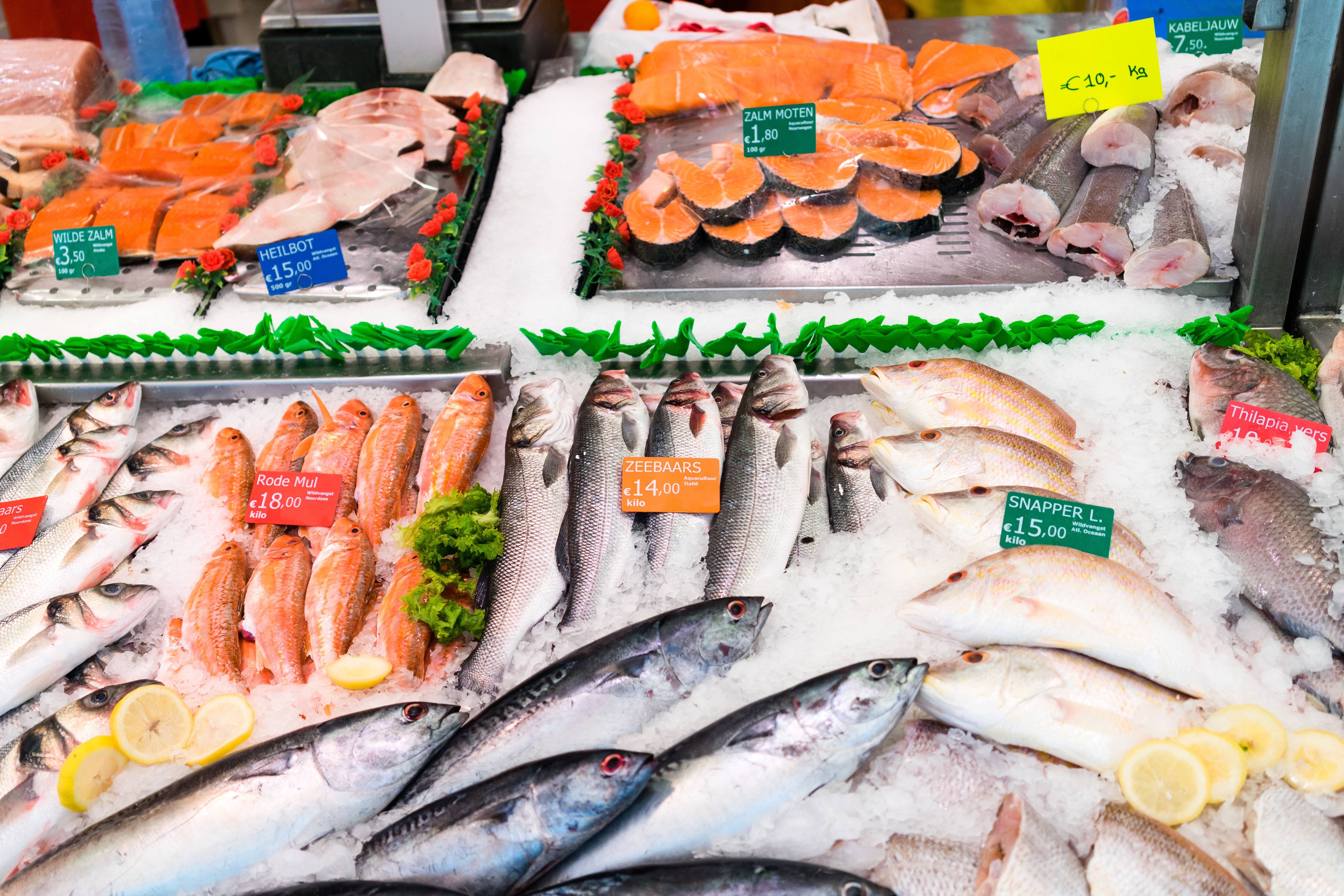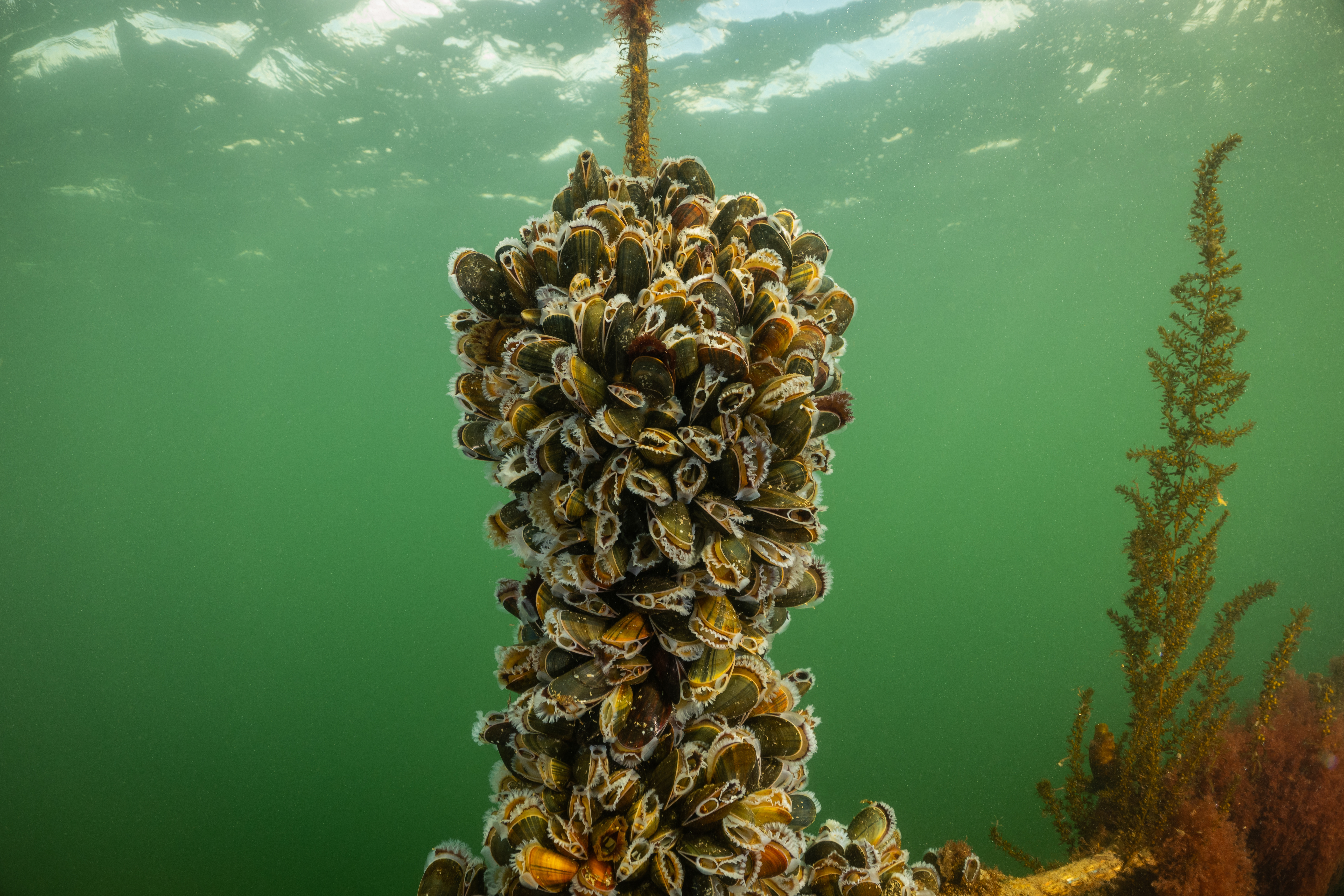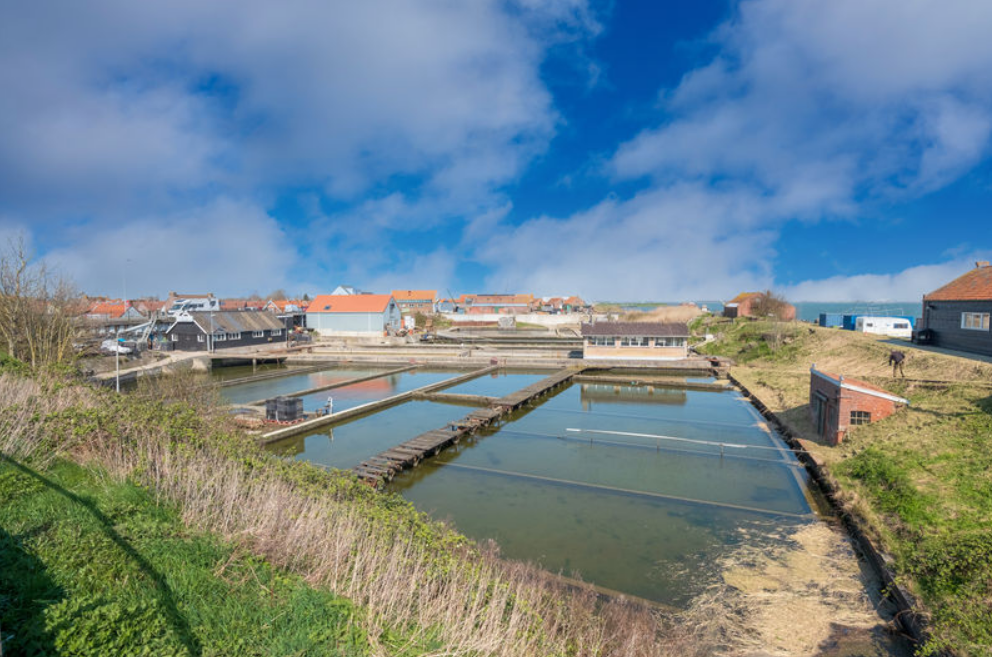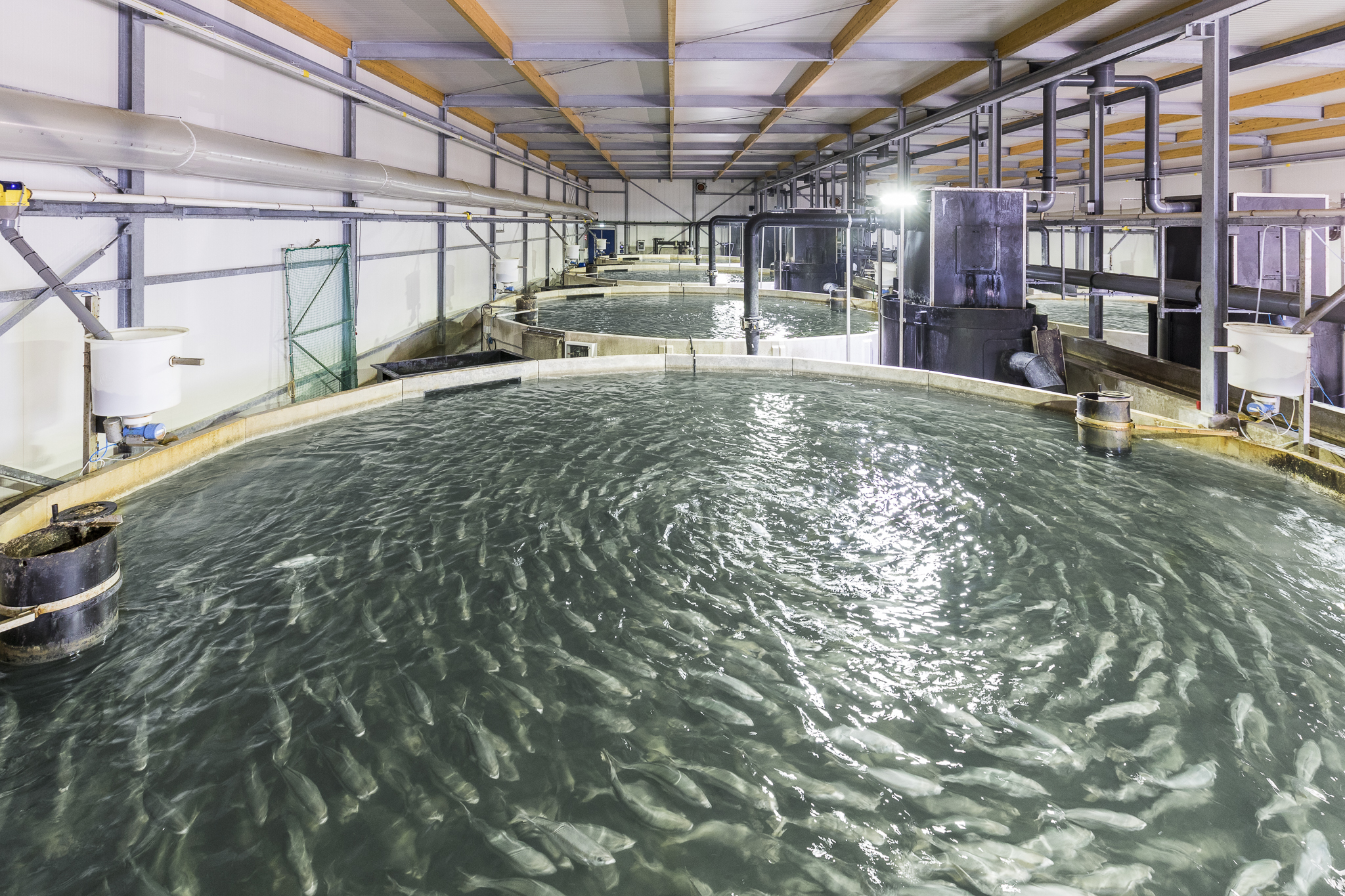Steady as she goes

The Netherlands’ fish farming sector is steadily growing, reports Eugene Gerden
The Netherlands’ fish farming sector has been steadily growing, thanks to continuing stable domestic demand for farmed fish and improving economics in the country.
That was the message presented at a recent symposium as part of the 40th anniversary of the Dutch Society for Aquaculture (NGvA), conducted in the middle of October. This is backed up by local aquaculture analysts.
The Netherlands has a mature, well-developed fish farming sector, for which growth rates have been generally stable over the past few years, despite the pandemic and energy crisis.
In 2022, the Netherlands produced about 0.5 million tonnes of fish (including molluscs and crustaceans), with a value of about US $630m (£497m). Of this, 17% came from aquaculture and 83% from fisheries.
Historically, the Dutch farmed fish sector focused on the production of various fish species, among which are eel, catfish, yellowtail, turbot, pike-perch, sturgeon and trout. Fish farming has been relatively small-scale, both in terms of volume and value.

Rope grown mussels
According to data from the NGvA, mussels and oysters are the most important species of shellfish in Dutch aquaculture, while European eel and two species of catfish are the dominant fish species. The Dutch aquaculture sector is relatively small (in 2021, there were about 50 registered fish farmers), although the range of fish farmed in the country is rather diverse.
Producers of fish, shellfish and seaweed are mostly small- and medium-sized enterprises, but there are also international companies active in the production chain (breeding, nutrition and system development). At the same time, there are leading educational and research institutions that deal with all aspects of aquaculture.
Of the wild variants of the species used in aquaculture, only shellfish (mussel and oyster), eel, turbot and pike-perch live in the wild in the Netherlands. However, there are also wild Dutch species produced in aquaculture in other European countries, such as carp.
Traditionally, Dutch fish farmers pay a lot of attention to the environment and fish welfare, and are committed to sustainable production. The agreements about this are fixed in a Code of Conduct, which is mandatory for all fish farmers in the country.
Based on the results of the latest symposium of the NGvA, representatives of the society spoke about the need for making the fish farming sector in the Netherlands more sustainable, as well as to pay more attention to cellular cultivation of fish.

Oyster pits in Yerseke, Zeeland province
At the same time, according to experts and members of the NGvA, reducing the ecological footprint of fish farming is the next hurdle to overcome, while many Dutch fish farmers plan to take serious actions this year.
Part of these plans is using the experience of Norwegian fish farmers, some of whom already produce CO2 neutral fish. An example is Salmon Zero – the Norwegian fish farm, which in recent years has launched the production of carbon-neutral salmon.
According to participants of the NGvA’s symposium, in recent years the Dutch fish farming sector has been faced with a change of market structure. More and more companies are focusing on launching the entire cycle of production from fry growing to producing finished fish, taking steps towards sustainability by reducing mortality, improved feed conversion, water savings, energy savings etc.

The Kingfish Company yellowtail farm, Zeeland
Cost pressures
In recent years the industry, however, has faced some external pressures. Changes in the market caused by the Covid-19 pandemic, Brexit and the war in Ukraine have caused production costs to rise as a result of sharply increased energy prices. In fact, according to the farmers, production costs have risen sharply. These additional costs will be passed on to buyers, increasing the price of fish for consumers.
Still, according to representatives of fish farmers, a further rise of prices can be ruled out, as this may ultimately make supermarkets and consumers decide to opt for cheaper protein sources such as chicken.
At present, a significant proportion of fish, farmed in the Netherlands, is destined for the EU market. According to data produced by the NGvA, the share by turnover of Dutch farmed fish that goes to other EU countries has been between 70% and 80% for some years. The remaining exports are sold in Africa.
Currently, the Netherlands functions as a fishing hub in Europe, due to its favourable location in relation to the European hinterland and its good infrastructure. In addition, the Netherlands is an important player in supplying fish products to the catering industry via wholesale and chain stores in Europe.
In 2022, approximately 80% of the total export value of fish farmed products was sold by Dutch companies in the EU market. Germany, France and Belgium are the most important sales markets for Dutch fish farmers.
At the same time, the United Kingdom has disappeared from the top 10 most important countries for the export of fish products from Netherlands. Trade with the UK has been declining for years and this has been reinforced since Brexit by increased administrative barriers.
Due to high costs and small profit margins, it is difficult for Dutch fish farmers to compete even in the domestic market. About 70% of the costs incurred in the Netherlands account for aquaculture feed, prices for which have significantly increased in recent years.
At the same, according to analysts, there are opportunities for Dutch fish famers to strengthen their position in the global market, as the demand for responsible fish products as a sustainable alternative to meat is expected to increase. Dutch companies can distinguish themselves from low(er) wage countries by placing maximum emphasis on added value.

